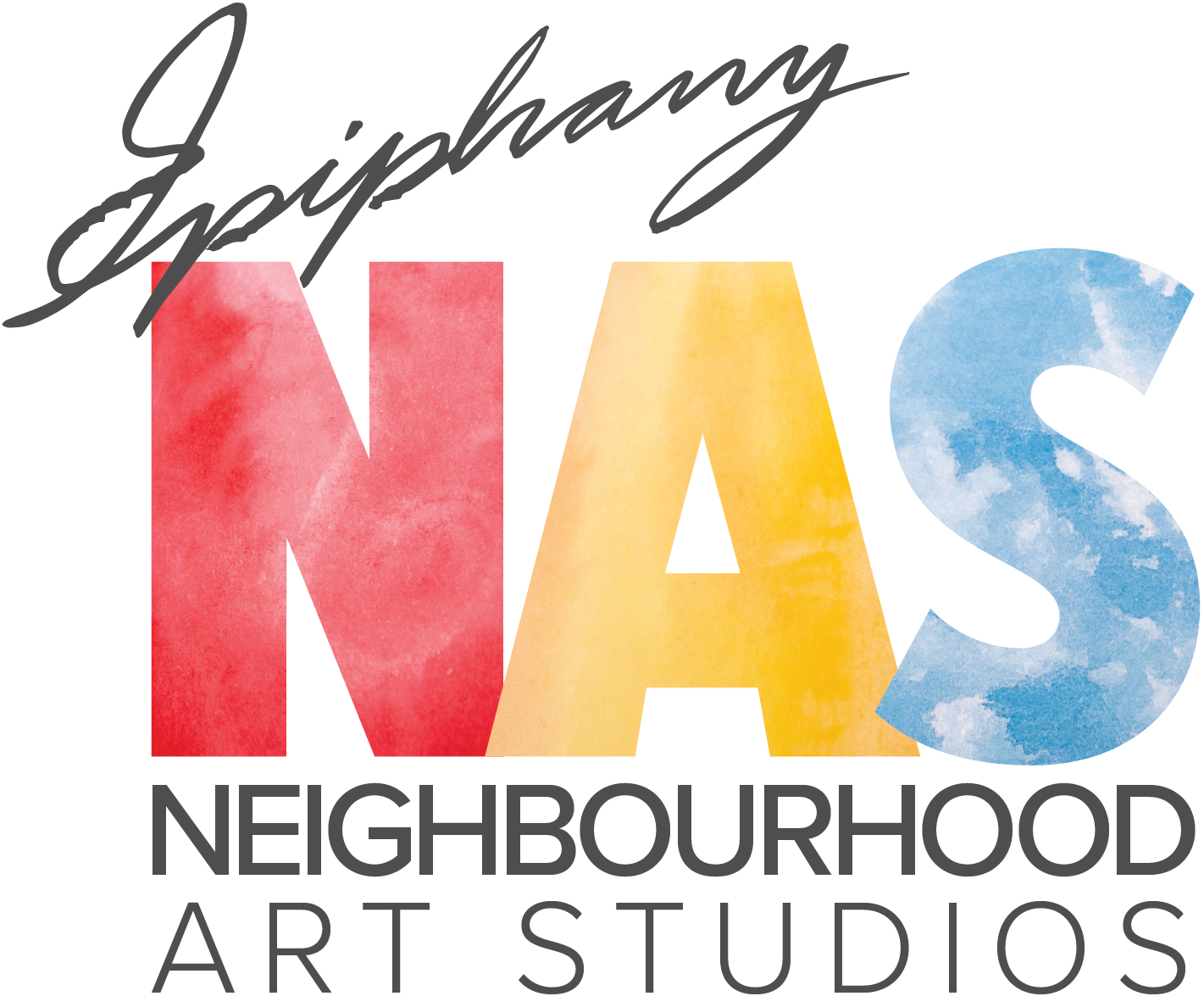
Struggling to teach your child art? Let us do it for you!
Your child’s education is very important to us!
For our home education classes we offer direct to school billing and outcome papers to ensure you know exactly what is being offered in class. Students go home with a slip each week outlining the art vocabulary and techniques that were covered in their class.
Marguerite Bouchard, the Studios owner, and an artist, has over twenty years of homeschooling experience. Home education holds a special place in our heart here at Epiphany Neighbourhood Art Studios. We want to make sure your child gets the best education when they take classes here with us.
Due to our open learning style of curriculum here at the Studios, we can accommodate students with little to no art experience as well as students who are proficient. We work with your child where they are to ensure they are getting individualized instruction. Learn more about our open learning curriculum style here.
We offer 50% off your first class with us so you can try it out before you commit to any long term plans. Simply call our office to set up your first trial class. We also offer special discounts for home education students and an additional 5% off for sibling registration. Registration is by month so there is no full year commitment to worry about.
Discount: HOMESCHOOL2023 for 10% off, HSNSIBS15 for 15% off.
-
Line: Diagonal, Vertical, Horizontal, Thick, Thin, Solid, Broken, Parallel, Curved, and Bent
Shape: Outlines, Positive and Negative Shapes, Geometric Shapes, Organic Shapes
Color: Primary Colors, Monochromatic Art, Secondary Colors, Gradations, Cool and Warm, Complementary Colors, Tertiary Colors, Color Mixing and Spectrum
Value: Black and White (Chiaroscuro), Tones of Grey, Colors have Hue and Value, Shading Shapes, (Strong, Bright, Muted)
Texture: Repetition (Rough, Grainy, Hard, Bumby, Prickly, Fluffy), Variety (rough and smooth), Pointillism, Collage,
Form: Taking 2D to 3D, Creating Mass (Cylinder, Cones, Spheres, Cubes, Pyramids, and Prisms)
Space: Single Point Perspective, Two Point Perspective, Three Point Perspective, Looking up or Down, Subject-Horizon Line Relationship, Overlapping, Changing size
-
Balance: equilibrium of elements, creating a sense of order (symmetric or symmetric, formal or informal, rigid or random). Imbalance = awkwardness and discomfort and can be used intentionally
Contrast: opposition and juxtaposition of qualities unlike each other. High contrast used to emphasize, dramatize, add variety, and surprise. Low contrast used to soothe, settle, harmonize, and comfort.
Emphasis: The focal point or centre of interest in an image is the emphasis. It implies both dominance and subordination and can be used to call attention to specific areas withi a work of art.
Movement: Movement is achieved by manipulating the elements to imply motion, to move the viewer’s eye in a decided direction as they look at an image. Movement may be implied through recognizable images in action.
Pattern: The repetition of similar motifs on a surface, which creates rhythm. Pattern can be used to organize or unify an object and/or to create visual enrichment. Pattern can be created in an organized way or be created in random fashion.
Unity: Unity Describes a sense of oneness within an image where all qualities work together in a cohesive relationship. Unity can be used to produce feelings of harmony, completeness, and order. Lack of unity can sometimes be used to imply disharmony. Incompleteness, disorder, and dissonance.
Book a home education class.
Art classes for ages 8-12. Help your child expand on their skills and focus on their passion for art! Our junior classes are open learning style, with a short lesson at the beginning. Your child is free to explore mediums of their choice.





